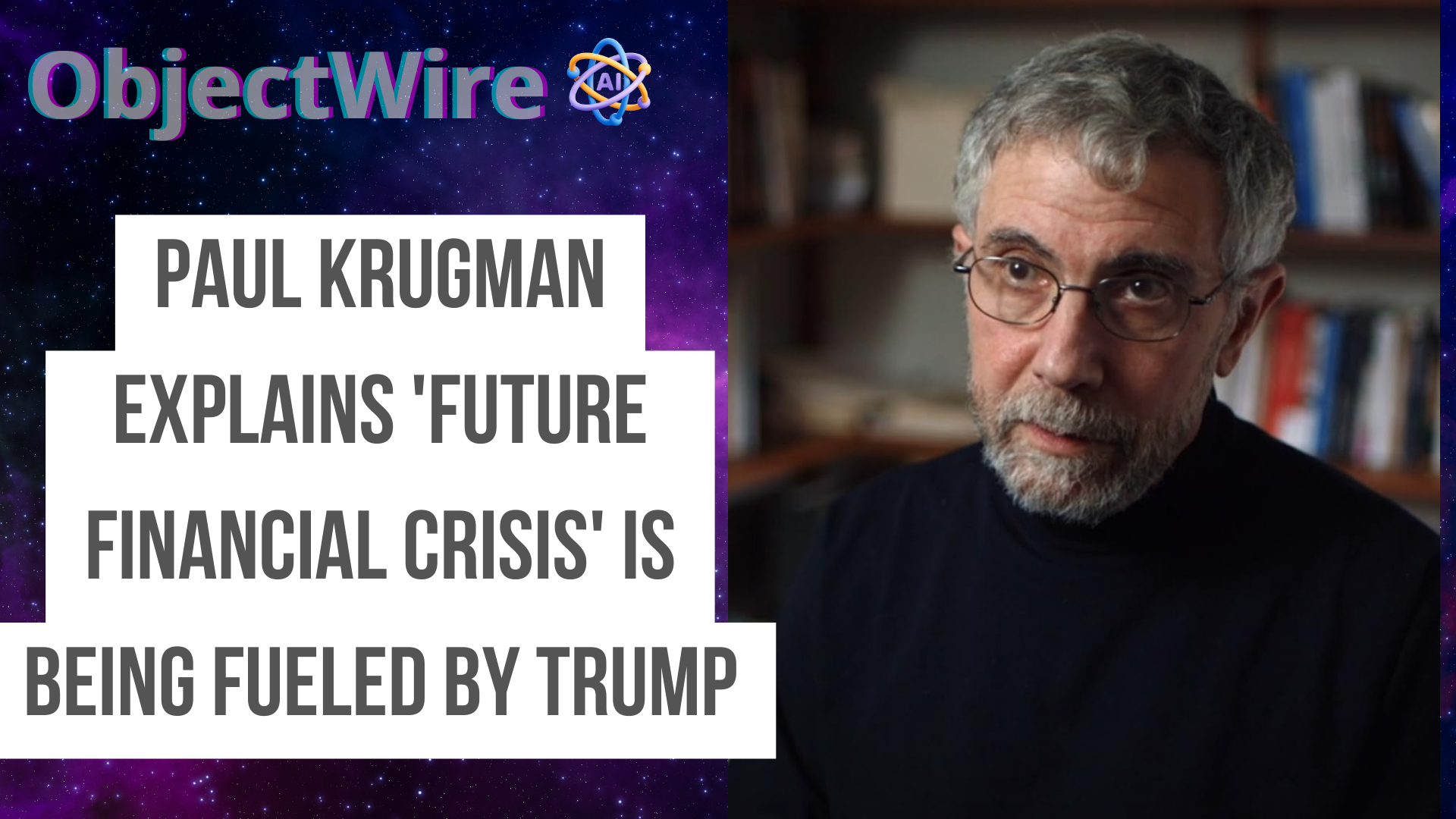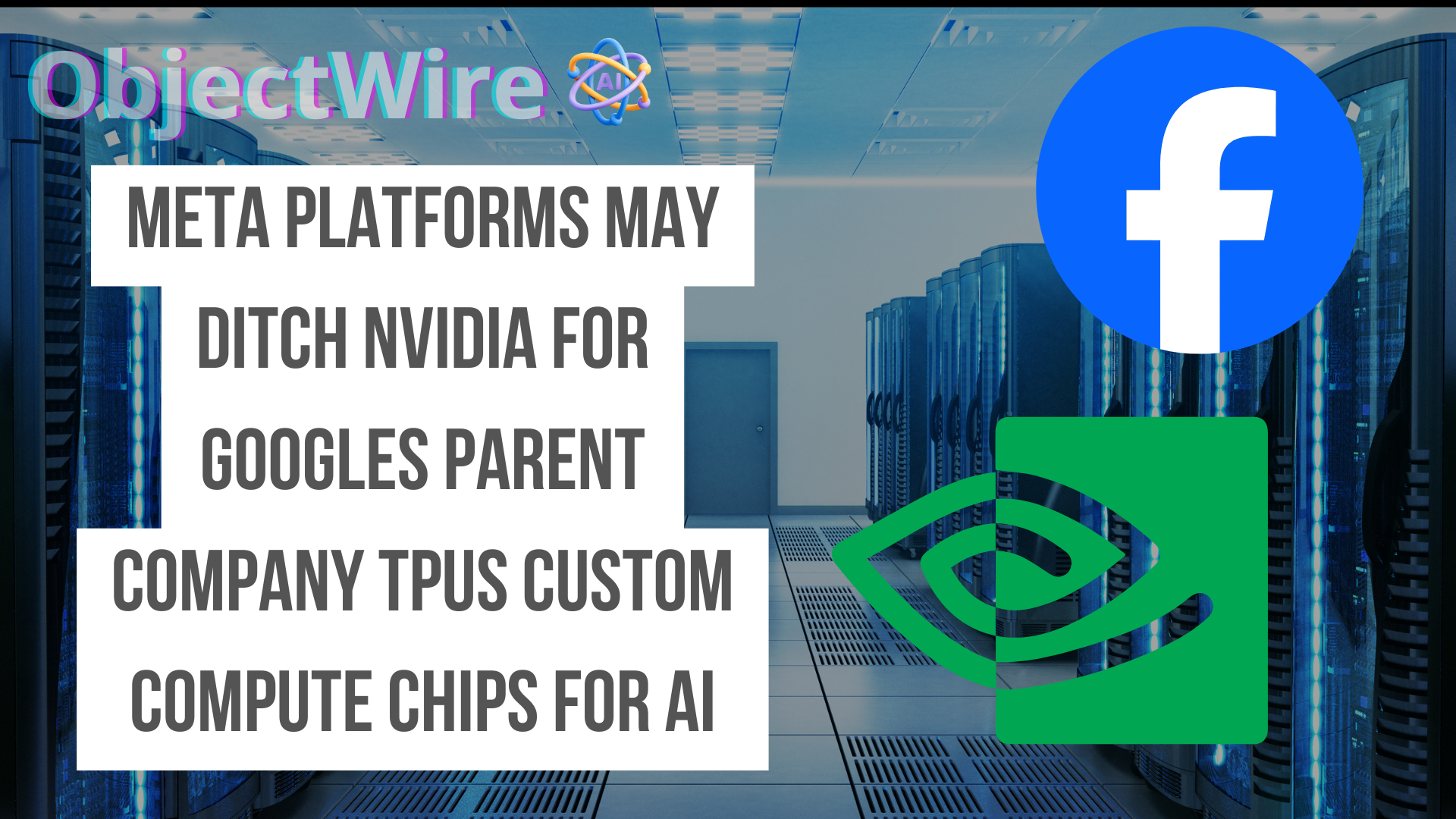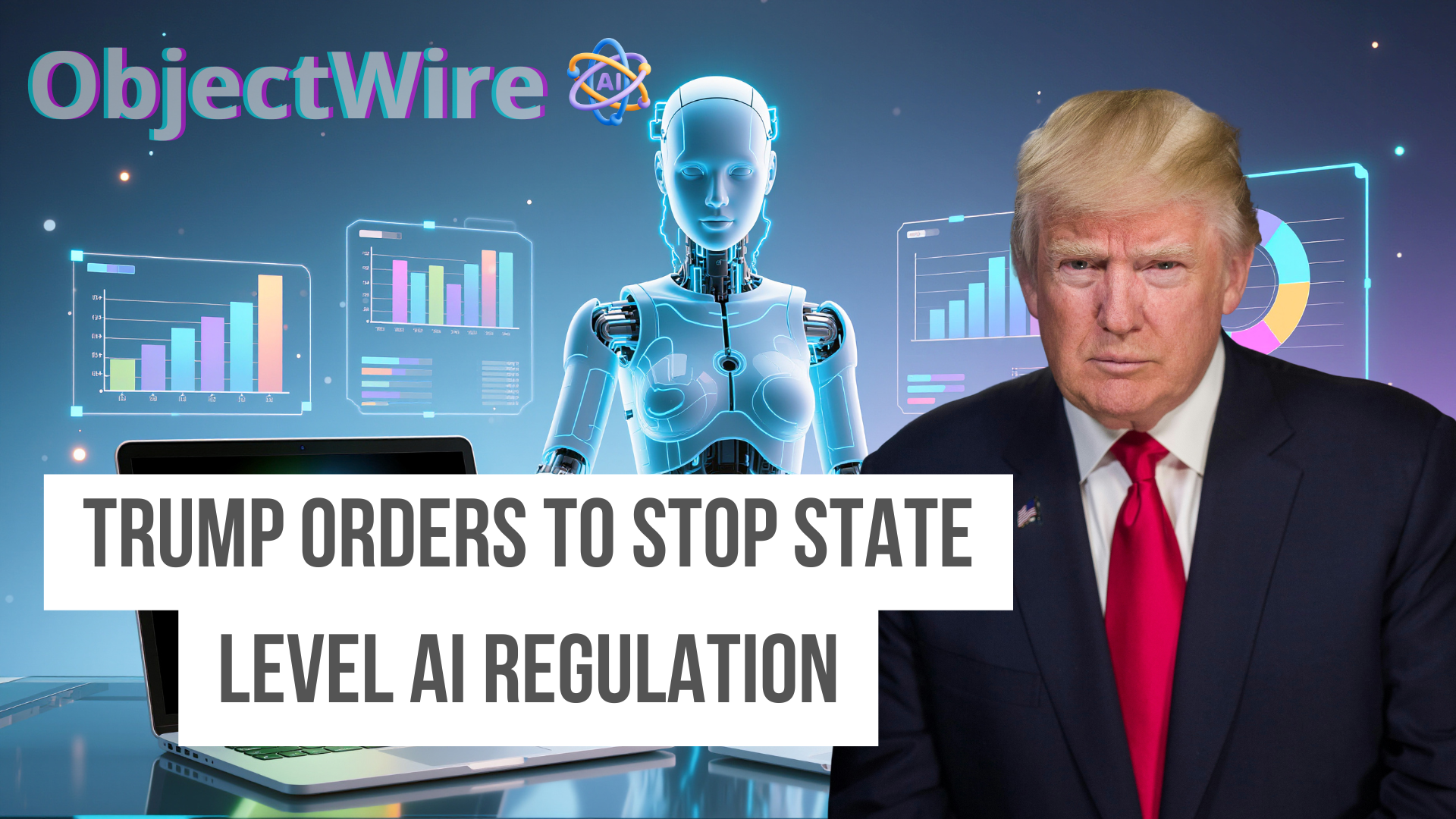How Georgia Screven County Used Blockchain Protocol To Secure Election Results
Blockchain Technology In Georgia Elections
Blockchain technology has emerged as a transformative tool in enhancing the security and integrity of electoral systems. By offering a decentralized and tamper-resistant ledger, blockchain can provide a transparent and reliable platform for recording and verifying election results.
This technology promises to address longstanding issues of electoral fraud and data manipulation, ensuring that each vote is accurately counted and properly attributed to the rightful voter.
Why Screven County Chose Blockchain For Election Security
Screven County's decision to implement blockchain technology for securing election results stems from a pressing need to enhance the integrity, transparency, and trustworthiness of the electoral process.
This immutability and transparency are particularly appealing for local governments seeking to reassure the public about the accuracy of election outcomes.
The First Blockchain Protocol Implemented in a United States Election
In Screven County, Georgia, the implementation of a blockchain protocol for securing election results represents a significant stride toward enhancing election integrity. Blockchain, a decentralized and tamper-resistant technology, offers a robust framework for maintaining the transparency and security of electoral processes. The protocol employed in Screven County utilizes a distributed ledger system, which ensures that each vote is recorded in a manner that is verifiable and immutable.
By providing a verifiable and tamper-proof audit trail, blockchain can enhance the integrity of electoral systems, thereby bolstering public confidence in democratic processes.
How Future Elections will be Secured with block chain Technology
Blockchain technology is being explored as a transformative tool to secure future elections by enhancing transparency, integrity, and trust. Its key strength lies in its ability to create an immutable ledger where every vote is recorded as an encrypted transaction. This ensures that votes cannot be altered without detection, significantly reducing the risk of tampering or fraud. Additionally, blockchain allows for end-to-end encryption and decentralized data storage, which minimizes vulnerabilities to cyberattacks and unauthorized access.
Key benefits of using blockchain in elections include:
- Transparency and Verifiability: Voters can verify that their vote was recorded and counted accurately without revealing their identity.
- Enhanced Security: Decentralized data storage and encryption make it difficult for hackers to target the system.
- Efficient Processes: Automation through smart contracts can streamline vote counting, reducing human error and delays.
By addressing issues of trust and security, blockchain technology has the potential to reshape how elections are conducted in the future.
53 Page policy briefing on a potential U.S. Strategic Bitcoin Reserve just dropped: https://t.co/BXjhTJ9F7z pic.twitter.com/SJFMoGyHD5
— Dylan LeClair 🟠 (@DylanLeClair_) November 4, 2024





"How a Country's Debt Crisis Can Affect Economies Around the World." investopedia.com, 06. Sept. 2023, https://www.investopedia.com/ask/answers/051215/how-can-countrys-debt-crisis-affect-economies-around-world.asp. Accessed 18. Nov 2024.
"TRENDS Research & Advisory - The Global Debt Crisis: Challenges of Reality and Alternatives for the Future." trendsresearch.org, 18. Nov. 2024, https://trendsresearch.org/insight/the-global-debt-crisis-challenges-of-reality-and-alternatives-for-the-future/?srsltid=AfmBOoqWgrY_4Xi-EREvl3WEhymxWKQezdpW0xQGnMyYaFpBKs0wz_CT. Accessed 18. Nov 2024.
"The global debt overhang." bruegel.org, 26. Oct. 2015, https://www.bruegel.org/blog-post/global-debt-overhang. Accessed 18. Nov 2024.
